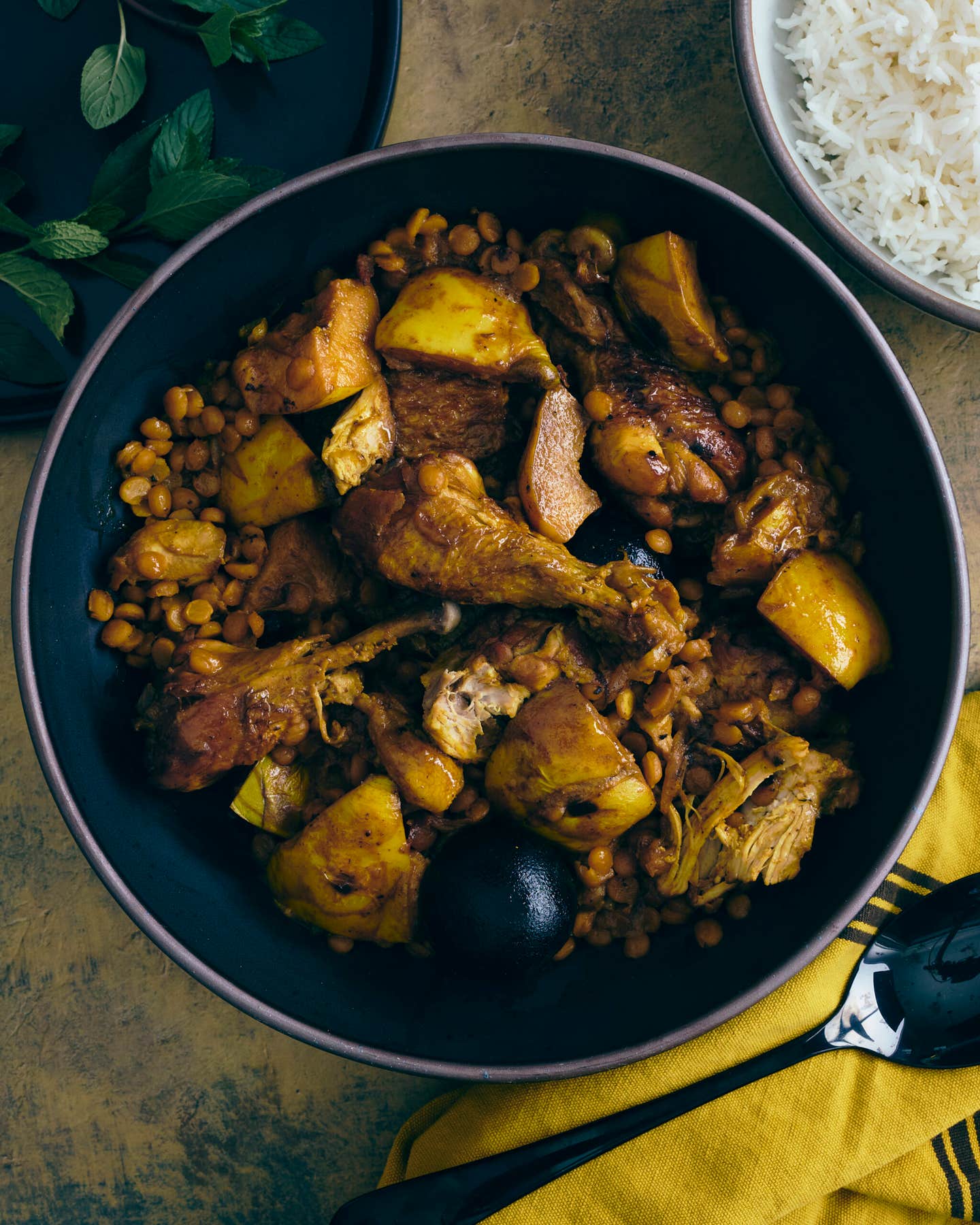
Five Thickeners for Pies
All thickeners provide the same function, transforming thin, runny liquids into smooth, viscous fillings, a key part of the pie-making process. There are several types of thickeners on market shelves, some better than others depending on the filling. All-purpose flour (far left) does a fine job, its molecules expanding when heated to absorb excess liquid from fruit fillings. It can taste starchy if not thoroughly cooked and has the highest gelatinization temperature of all starches (212°F), so it's best used in long-baked pies like apple and pear. During the time it takes for the fruit to soften and caramelize, the flour's flavor cooks out, and the filling sets with a fairly light consistency. Gluten-free cornstarch (second from left) is more efficient at setting than flour; it enhances fruit's sweetness and results in a bright-tasting, smooth filling. Acid causes cornstarch's molecules to collapse, so it's best for relatively neutral fillings like mincemeat. Potato starch (middle), a gluten-free thickener made from starch molecules extracted from the tuber, has a silky texture and neutral flavor, perfect for pumpkin and puréed fillings. An odorless, colorless, tasteless thickener, gelatin (second from right) is derived from the collagen in animal proteins. When heated, its long molecules spread out and tangle together, capturing liquids in a wobbly webbing that lends consistency to mousse, custard, and chiffon fillings. Sold in powdered or sheet form, it takes only a quick soak in warm water to activate. Gelatin's plant-based, gluten-free cousin is tapioca (far right), derived from the tuber cassava. Like gelatin and cornstarch, tapioca is clear when thickened and maintains a slight chewy texture, making it good for setting the glazes that top fruit tarts. It is also an excellent thickener for double-crust pies.
Keep Reading
Continue to Next Story










